In recent years, the rise of remote work has changed how businesses operate. With the ability to hire talent from anywhere in the world, companies can now build teams that are not limited by geography. However, managing remote employees comes with its own set of challenges. This blog post will discuss some best practices for hiring and managing remote employees.
Establish Clear Expectations
When hiring remote employees, it is important to establish clear expectations from the beginning. This includes outlining job responsibilities, communication expectations, and any necessary tools or software that will be used. Setting clear expectations can avoid misunderstandings and ensure everyone is on the same page.
Use Video Conferencing
Video conferencing is a great way to keep remote employees connected and engaged. Regular meetings and check-ins via video can help to build relationships and create a sense of community among remote team members.
Leverage Project Management Tools
There are many project management tools available that can help remote teams stay organized and on track. Tools like Trello, Asana, and Basecamp can be used to assign tasks, track progress, and communicate with team members.
Foster Open Communication
In a remote work environment, it is essential to foster open communication. This means encouraging team members to share their thoughts and ideas and creating a culture where feedback is valued. Regular one-on-one check-ins and team meetings can also help to ensure everyone is on the same page.
Provide Opportunities for Professional Development
Remote employees may feel disconnected from the company culture or miss out on opportunities for professional development. To avoid this, provide opportunities for remote employees to connect with the company culture, such as attending in-person events or team-building activities. Additionally, offer opportunities for remote employees to learn new skills and advance their careers.
Set Boundaries
When working remotely, it can be difficult to separate work from personal life. Encourage remote employees to set boundaries between work and personal life, such as creating a dedicated workspace and establishing set working hours.
In conclusion, hiring and managing remote employees can be challenging, but with the right strategies in place, it can be a successful and rewarding experience. By establishing clear expectations, fostering open communication, and providing opportunities for professional development, you can build a strong remote team that contributes to the success of your business.

